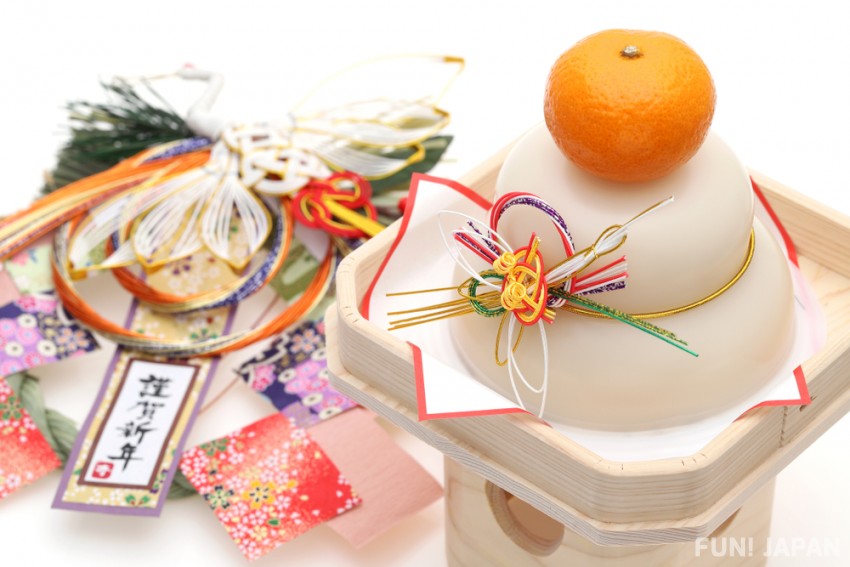
A mandarin orange placed on top of 2 large and small pieces of mochi. This is another Japanese tradition that takes place during the New Year's period called "Kagami Mochi". When you cut the kagami mochi, it's called "Kagami biraki". Both of these are historic and traditional customs within Japan. But, why do Japanese people display kagami mochi during the New Year's period? And what meaning does the kagami biraki have? We're going to explain all in this article!
What is Kagami Mochi?
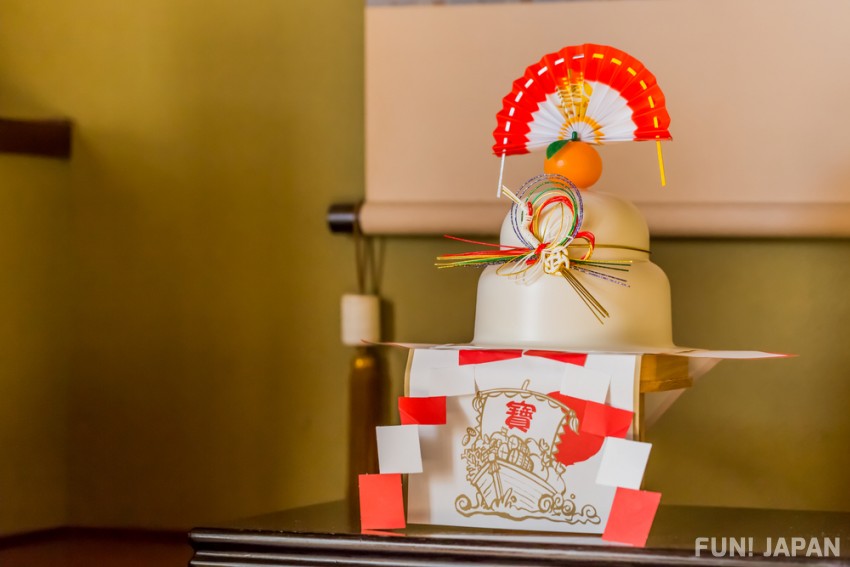
Kagami mochi is where the god of the new year "Toshigami-sama" visits on New Year's Day. During the celebrations, you make offerings to the god of the new year. The large and small mochi represents starting another peaceful year after the previous one. And we can explain each decoration very simply!
- Orange (Daidai):Hoping that all children will shine for generations to come(This has some wordplay in it in Japanese with the orange (daidai) and for generations (daidai))
- Gohei:The red is a charm against evil spirits. It wishes for prosperity
- Square Paper:Clears away disaster and wishes for prosperity
- Gleichenia japonica:Wishes for long life
Why and When does Kagami Biraki Occur?

Kagami biraki refers to breaking down the kagami mochi and then eating it with a soup containing rice cakes and vegetables or shiruko (sweet red-bean soup). Through eating the kagami mochi, it is said that you gain the power of Toshigami-sama, and can enter the new year with sound health. There are also people who fry the mochi and eat it with salt or soy sauce, this is known as "kakimochi".
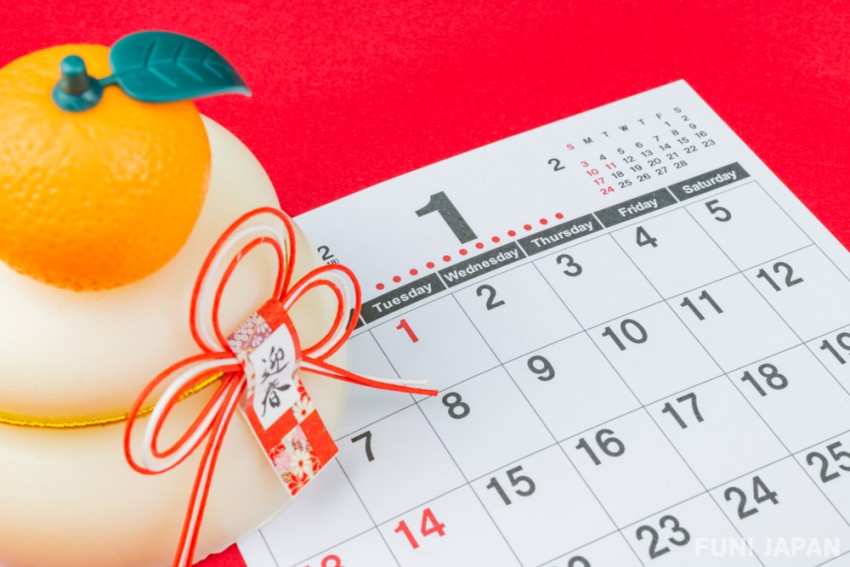
The day when you perform kagami biraki is typically after the New Year's pine decoration has been taken down (01/07), on 01/11. Depending on the region, there are also places that perform this tradition on the 15th or 20th of January. It was originally a custom started by the samurai, it was said that using a blade on kagami mochi was akin to seppuku (ritual suicide by disembowelment), and so, the kagami mochi is split using either your hands or a wooden hammer instead. Also, "Split" can have some bad omens, so typically the word "open" is used in its place, hence the name "Kagami hiraki" (hiraki in Japanese means "open").
Extra:"Taruzake" (sake that has been kept in a wooden cask) is Also called "Kagami Hiraki" When Opened
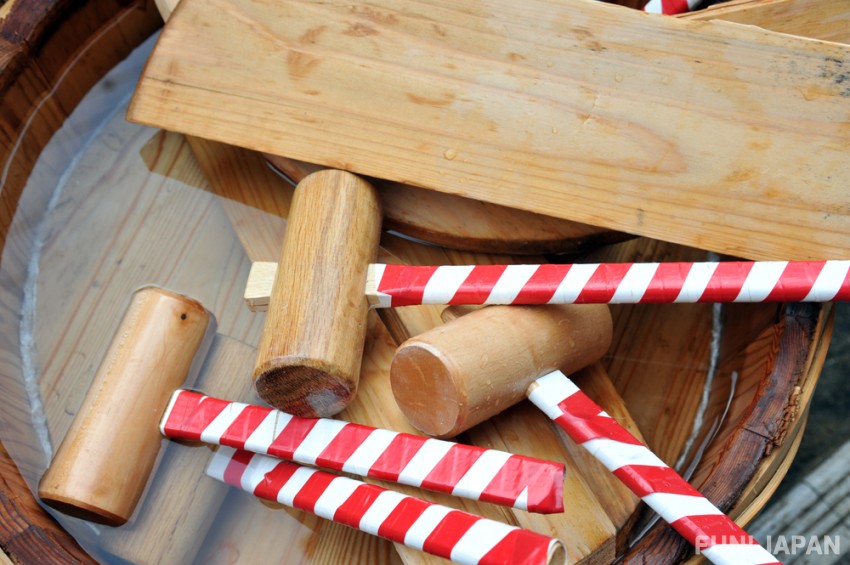
You may have seen a scene where taruzake is opened using a wooden mallet at places such as the opening event of a store, weddings, or parties, right? This custom is also called kagami hiraki! One thinking for why it's called this is that within Japanese sake, which has riced used in its creation, "Spiritual power is doubled", meaning that the bottle of sake itself is a holy item relating to the gods. This is why it is said that this custom took on the name of the New Year's tradition of kagami hiraki. There are also some theories that say the name was given because the lid of the taruzake looks similar to a mirror.
"Kagami hiraki" has the meaning of "Opening luck" which surely makes it perfect for celebrations and other such occasions. If you're planning to visit Japan during the New Year's period, please try it for yourself! Experience real Japanese traditions, obtain the power of Toshigami-sama, and pray for safe passage and sound health into the new year.
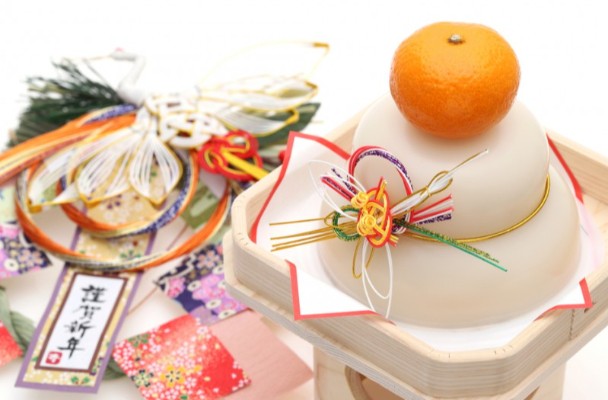
Comments